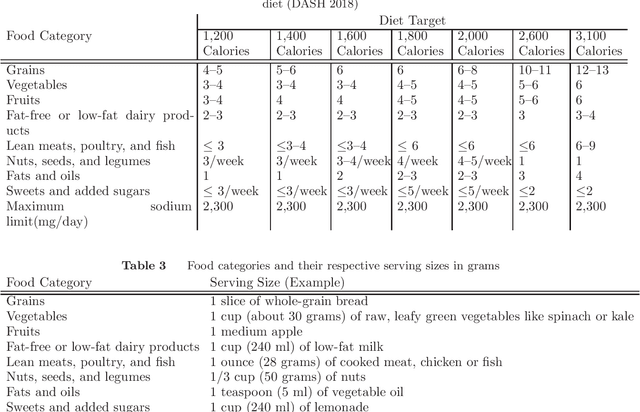Fardin Ganjkhanloo
Optimizing Clinical Fall Risk Prediction: A Data-Driven Integration of EHR Variables with the Johns Hopkins Fall Risk Assessment Tool
Oct 23, 2025Abstract:In this study we aim to better align fall risk prediction from the Johns Hopkins Fall Risk Assessment Tool (JHFRAT) with additional clinically meaningful measures via a data-driven modelling approach. We conducted a retrospective analysis of 54,209 inpatient admissions from three Johns Hopkins Health System hospitals between March 2022 and October 2023. A total of 20,208 admissions were included as high fall risk encounters, and 13,941 were included as low fall risk encounters. To incorporate clinical knowledge and maintain interpretability, we employed constrained score optimization (CSO) models on JHFRAT assessment data and additional electronic health record (EHR) variables. The model demonstrated significant improvements in predictive performance over the current JHFRAT (CSO AUC-ROC=0.91, JHFRAT AUC-ROC=0.86). The constrained score optimization models performed similarly with and without the EHR variables. Although the benchmark black-box model (XGBoost), improves upon the performance metrics of the knowledge-based constrained logistic regression (AUC-ROC=0.94), the CSO demonstrates more robustness to variations in risk labelling. This evidence-based approach provides a robust foundation for health systems to systematically enhance inpatient fall prevention protocols and patient safety using data-driven optimization techniques, contributing to improved risk assessment and resource allocation in healthcare settings.
An Open-Source Dataset on Dietary Behaviors and DASH Eating Plan Optimization Constraints
Oct 15, 2020

Abstract:Linear constrained optimization techniques have been applied to many real-world settings. In recent years, inferring the unknown parameters and functions inside an optimization model has also gained traction. This inference is often based on existing observations and/or known parameters. Consequently, such models require reliable, easily accessed, and easily interpreted examples to be evaluated. To facilitate research in such directions, we provide a modified dataset based on dietary behaviors of different groups of people, their demographics, and pre-existing conditions, among other factors. This data is gathered from the National Health and Nutrition Examination Survey (NHANES) and complemented with the nutritional data from the United States Department of Agriculture (USDA). We additionally provide tailored datasets for hypertension and pre-diabetic patients as groups of interest who may benefit from targetted diets such as the Dietary Approaches to Stop Hypertension (DASH) eating plan. The data is compiled and curated in such a way that it is suitable as input to linear optimization models. We hope that this data and its supplementary, open-accessed materials can accelerate and simplify interpretations and research on linear optimization and constrained inference models. The complete dataset can be found in the following repository: https://github.com/CSSEHealthcare/InverseLearning
 Add to Chrome
Add to Chrome Add to Firefox
Add to Firefox Add to Edge
Add to Edge